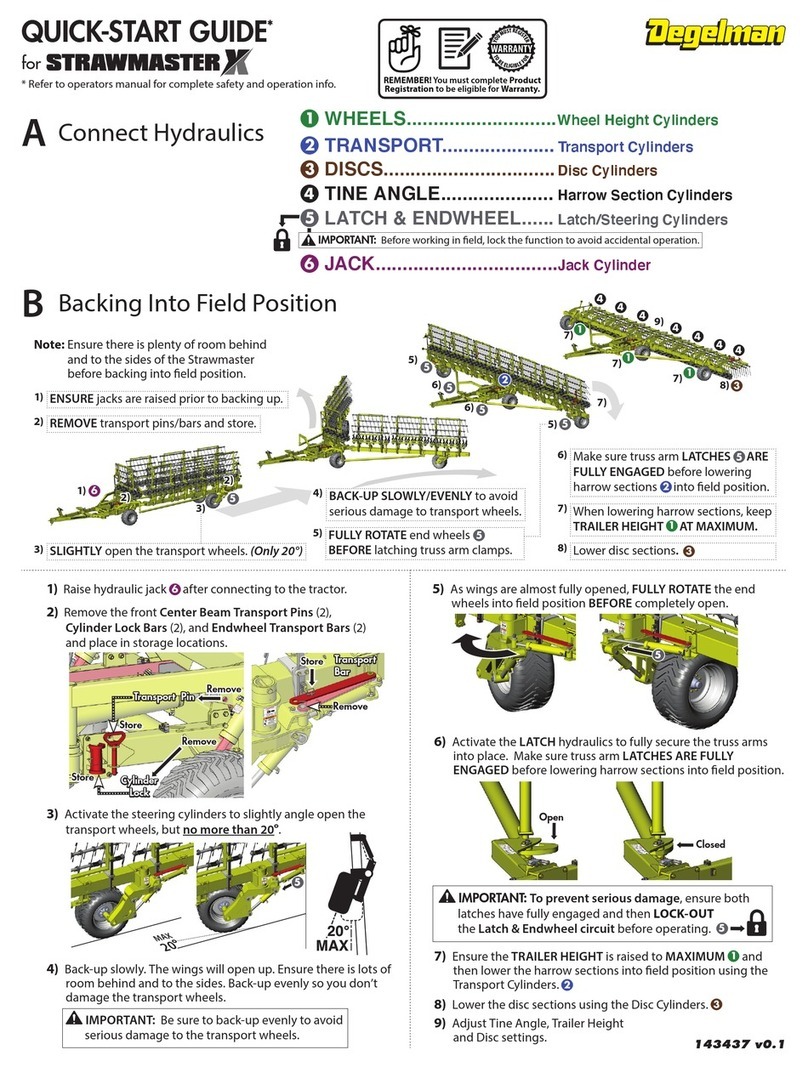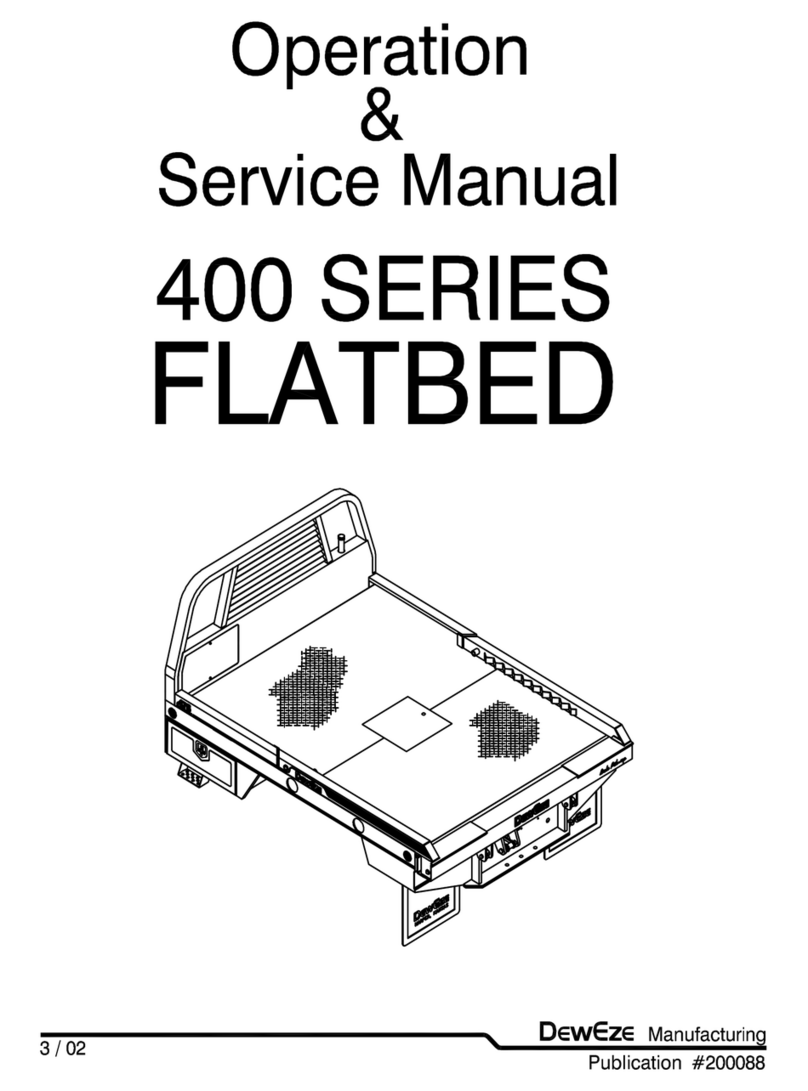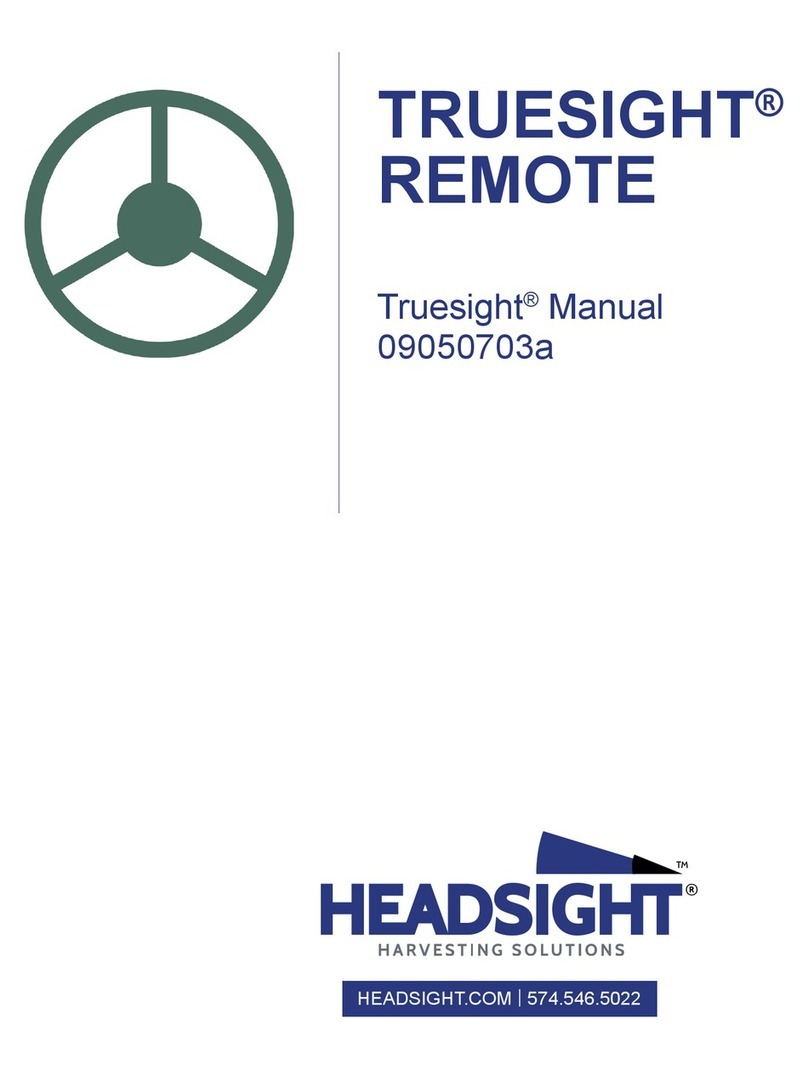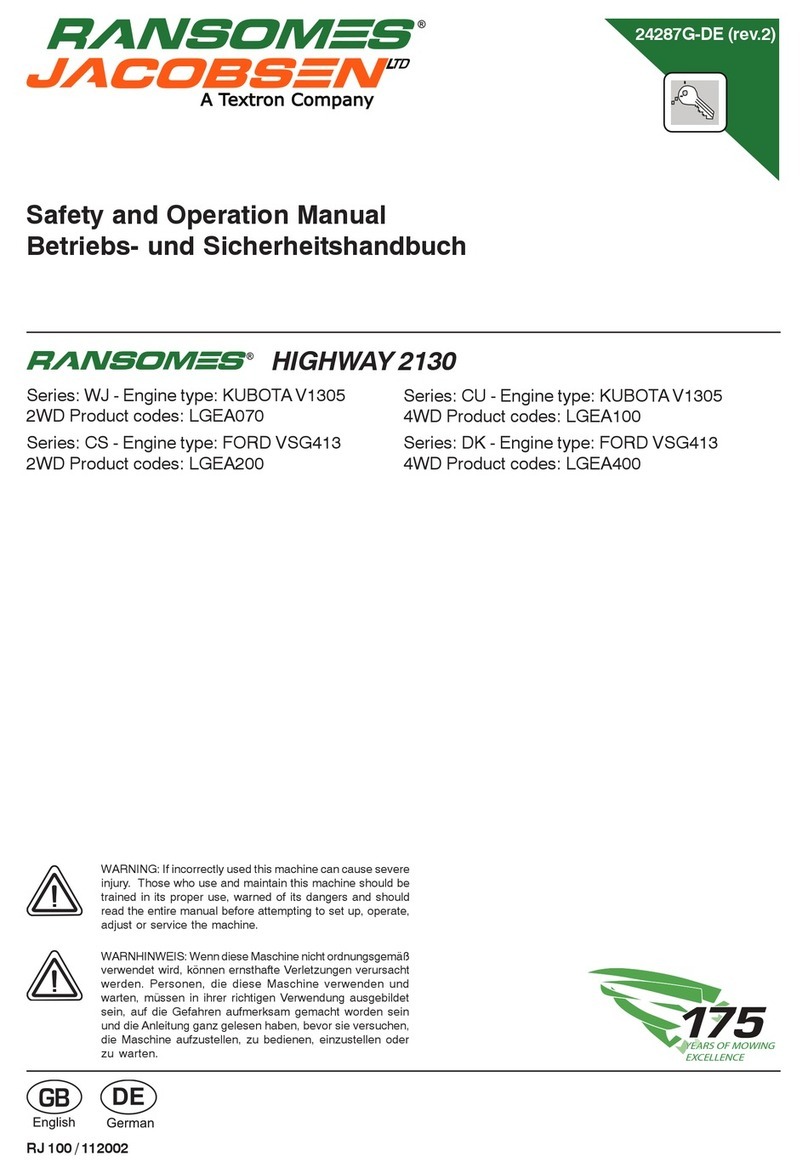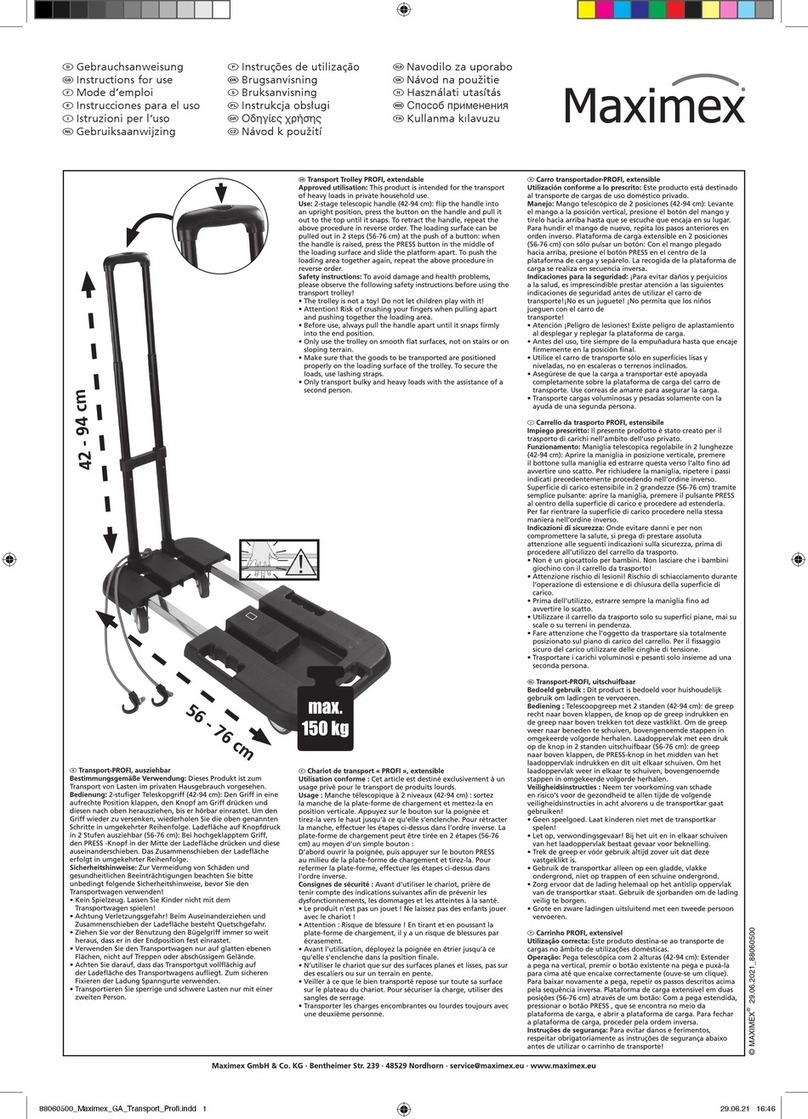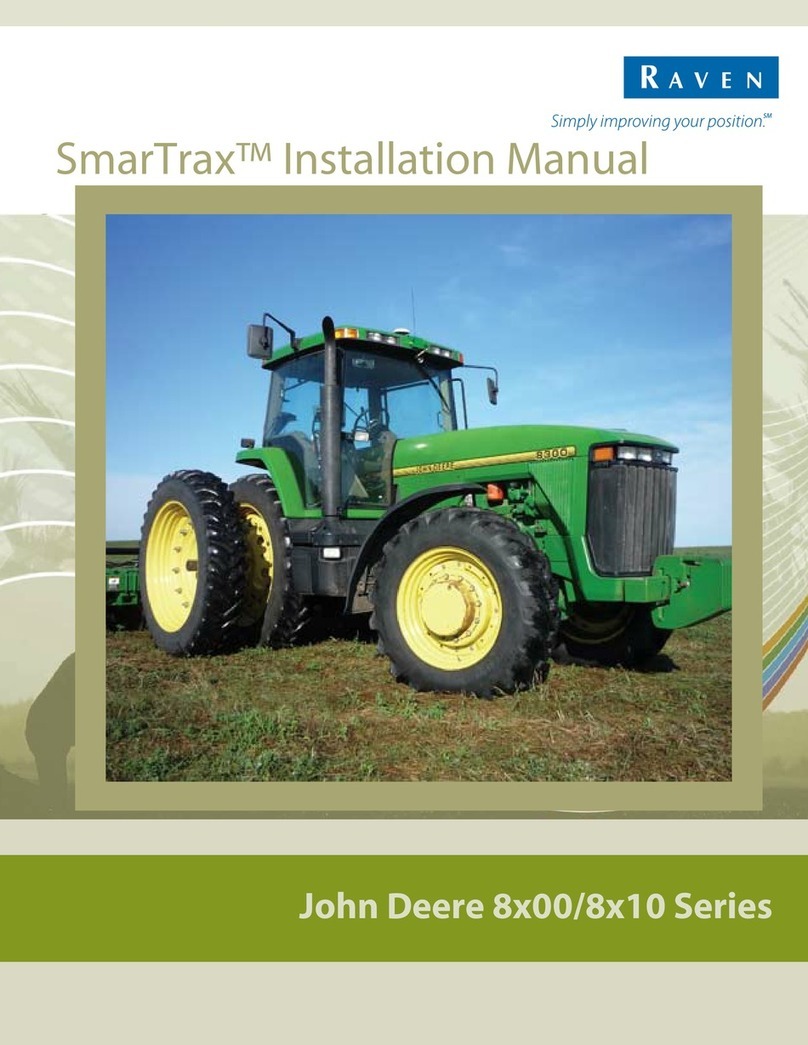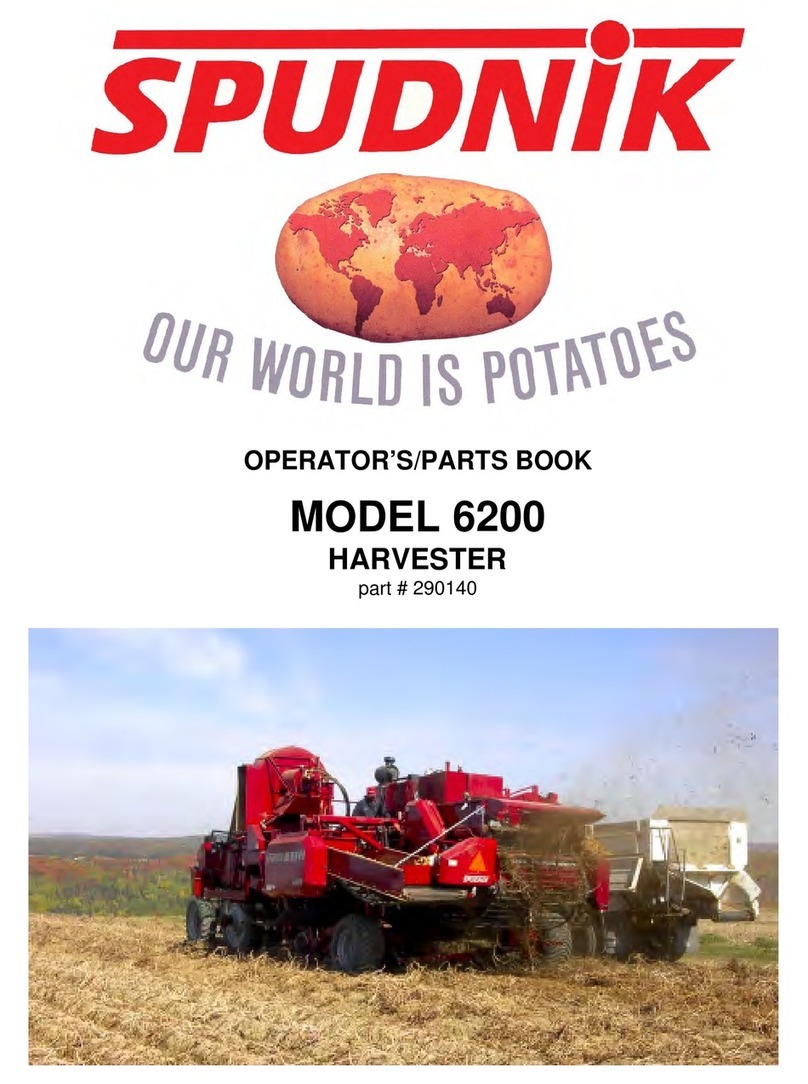GAZEEKA 870i Reference guide

PTO
Two Operational Modes - Analyze and Setup
1. Analyze Mode. The instrument automatically goes into Analyze Mode when power is applied and is ready
to measure moisture in a bale. The image below left is the Analyze screen and below right is the Setup Menu.
The ISObus terminal in the tractor will display the moisture via the analyze screen as soon as a measurement
has been made. From this screen, touch the setup icon (cog –top right) to enter the Setup Menu.
The Analyze screen displays the three moisture readings, now (update every 5 seconds), average (per bale
or 2 minutes) and max (per bale or 2 minutes).
From the Gazeeka Analyze screen you can change the crop type equation, set the moisture at which the
spray cans will mark (S) the bale and do a manual marking of the bale at any time (“Spray”).
Although the universal equation (as selected above) is suitable for all hay types, the accuracy may be
improved a little by selecting the appropriate fodder / forage type.
Typical status words include: START UP, READING, WAITING, STOPPED, BALE END and NO BALE.
These will appear as green status’ in the status line (as per the “No Bale” status featured above). This is also
where red status alerts (errors) and yellow status updates will appear –if detected by the Gazeeka system.
2. Setup Mode. From the Gazeeka Analyze screen press the setup icon to get to the Setup screen.
See the list on the reverse side for details about each parameter. The test button is only used for diagnostic
purposes. Go back to the Analyze mode when you have completed any changes in the Setup mode.
Note: If marker cans have not been used for some time, they may occasionally require to be shaken.
Air Standardization (Air Cal.) in Setup Mode
An "air standardization" (or Air Cal.) must be carried out with the tractor running at: (1) the time of installation;
(2) if there are any physical changes to the installation (new baler, microwave cable or electronics) or (3) at the start
if each season. This operation is carried out as follows, with the tractor running:
•Make sure the instrument has been on for at least 2 minutes.
•Make sure the air path between the antennae is clear (i.e., no bale or anything else within at least 2 feet).
•Press the “Air” button (It will ask you to press “Air” again to remind you to make sure the path is clear).
•If no error message is displayed, the air path standardization has been completed OK.
•Go back to the Gazeeka Analyze screen. The instrument is now ready to start measuring bales again.
Calibration Check Module
•This instrument contains a Calibration Check Module. The calibration of the microwave system can
be checked using this module. Please refer to section 6.3 of the manual for operation.
QUICK REFERENCE CARD
V22p00
Close settings and return to Analyze Mode
Air is used to do an air cal. on a clear no bale path (with tractor running)
Last cursor is used to navigate setup screens
Test is used by technicians to get microwave data or to conduct a CCM
test –see section 6.3 of the Owner’s Manual.
Next cursor is used to navigate setup screens

PTO
Calibration equation That may be used: 1 = Universal 1 (UNI), 2 = Grass Hay (FES), 3 = Cereal Hay (OAT), 4 = Legume Hay (LEG), 5 = Oat Mix (OMX)
Error Codes: Note: Some of the parameters in the Error codes table are only available to factory technicians and are not described in the manual.
99.9% - Indicates an alarm condition. Go to the Gazeeka screen to find out what the alarm / error is.
12V LOW - Voltage is low at the antenna. ►Tractor voltage low or too much voltage drop through the Gazeeka baler cable.
E1 LOW TEMP, HI TEMP - Temperature of the microwave module is above or below its operational limits ► Switch off to cool down equipment.
E2 DISTORTN (distortion) - Distortion in the microwave signal ► Microwave signal reflecting off a nearby object, or at end of bale.
E3 LO APM (low microwave absorption) - Looks like you are trying to analyze an air path not a bale. ► Ensure a full bale is between the antennae.
(Or you may have done an Air Calibration whilst a bale was near the antennae which gives a false reference level)
E4 OV RANGE - Microwave attenuation too high ► Error in reading the microwave signal or moisture too high to read the signal.
E5 CALCULATION ERROR - Unable to calculate moisture e.g. division by 0 or log(0) ► Wrong calibration equation, or poor choice of coefficients.
EA AIR FAULT (faulty air reading) - Tying to do an air reading without correct conditions ► Material in air path / or Antenna Alignment error
ER DISTORTN (microwave distortion) - Distortion in the Attenuation or Delay spectrum ► Microwave signal reflecting off a nearby object, or at end of bale
ER DISTORTN (microwave distortion) - Distortion in the Attenuation or delay spectrum ► Microwave signal reflecting off a nearby object, or at end of bale.
This reference card is not a substitute for the Operating Manual, in particular the Section “Understanding the Limitations of the Readings”. THIS SHOULD BE READ.
Menu
Item
Explanation
Range
Default
Your Settings
Set Parameters
Width Units
Inches or metric units
Inches
Width
Width of bale (typically:)
3 foot bale = 32 inches, 4 foot bale = 48 Inches
(metric: 3’ = 0.800, 4’ = 1.200)
48
Moisture Display
Choose either 5 second updates (Now) or the Peak
moisture for the bale as the second moisture number on the
main baler screen (2nd number will always be the average).
AGCO balers only.
Immediate
MF22xx
Select NO if this is not an AGCO MF 2200 series baler.
This will set the correct ISObus codes for other brands and
more recent AGCO balers.
Yes
3 x 4 Bale
Are you baling a 3x4 hay bale?
Yes / No
Yes
Kg - Lbs
Choose the units for the Bale Mass entry
Kg / lbs.
Kg
Bale Mass
The approximate mass (weight) of the hay bale being
made. (50kg / 100lbs steps) limited range.
500 –800 Kg
1100-1800 lbs
550
Spray On
Selecting NO prevents the marking system from operating if
the moisture goes over the high moisture point (but still
beeps). The SPRAY button can still be used to mark manually.
Yes/No
Yes
Startup Mode
By selecting “Setup” the Gazeeka will not read the moisture
when powered up. Typically, this is used when doing
balage when the Gazeeka is not required.
Analyze
Table of contents
Popular Farm Equipment manuals by other brands
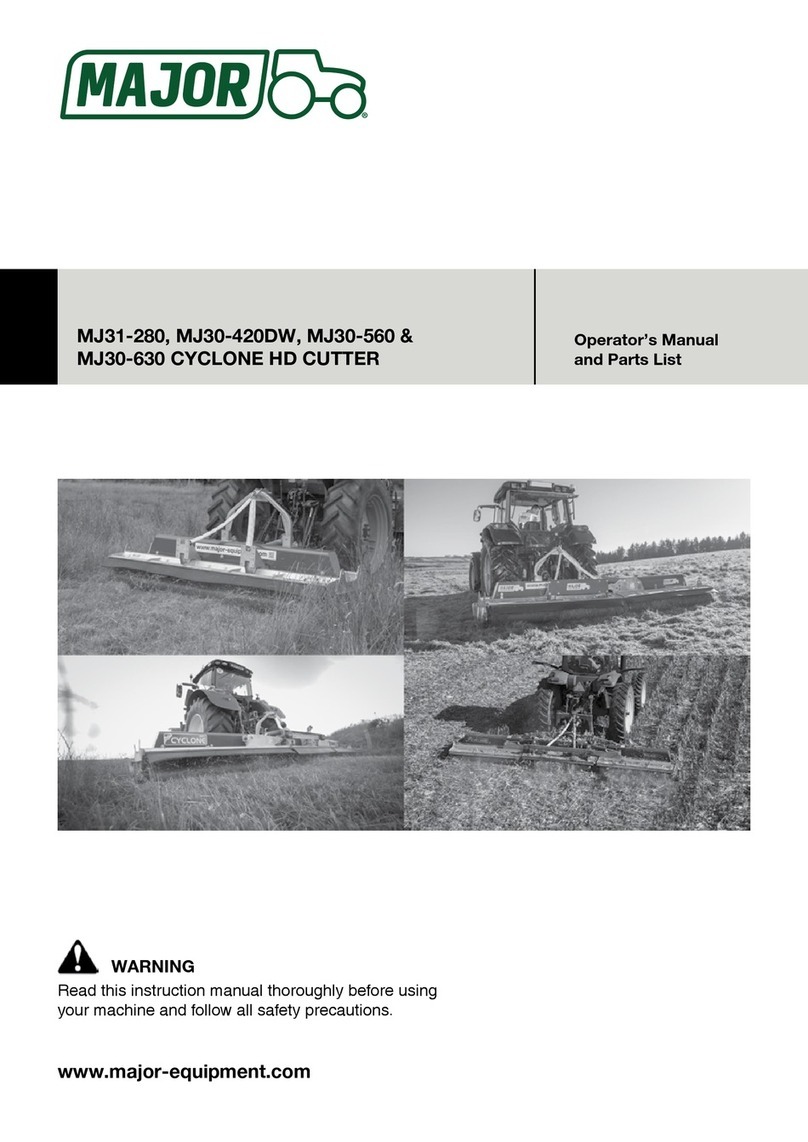
Major
Major MJ31-280 Operator's manual and parts list

Farmers Friend
Farmers Friend Irrigation Kits Assembly and instruction manual
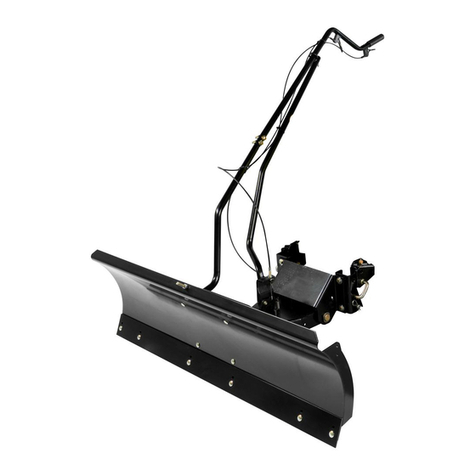
Cub Cadet
Cub Cadet FastAttach 19A30037100 Operator's manual
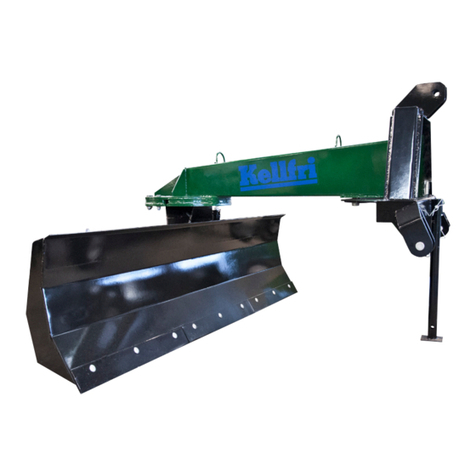
Kellfri
Kellfri 37-25063S quick start guide
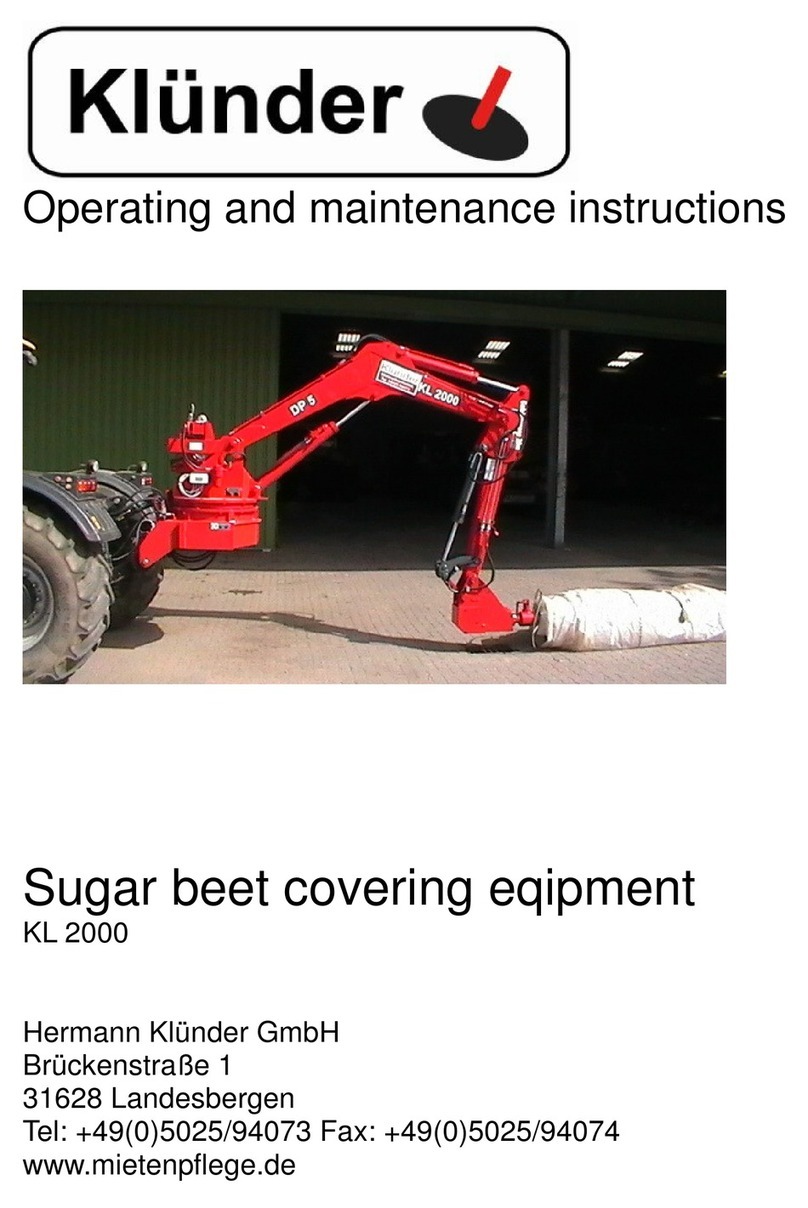
KLUNDER
KLUNDER KL 2000 Operating and maintenance instructions
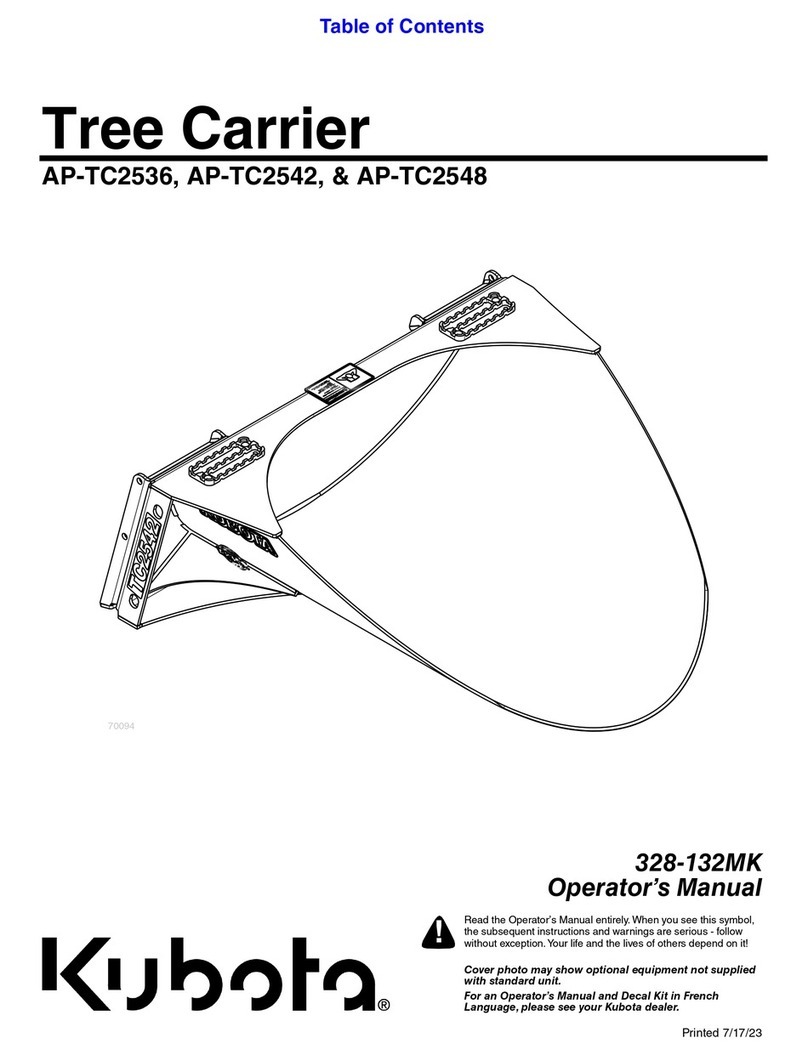
Kubota
Kubota AP-TC2536 Operator's manual
